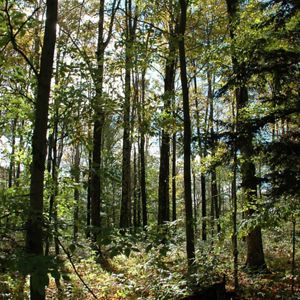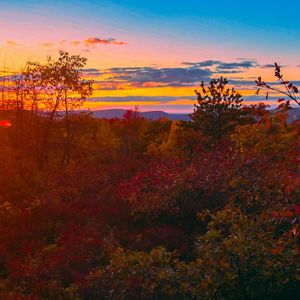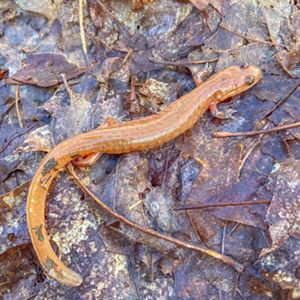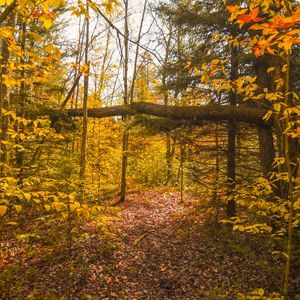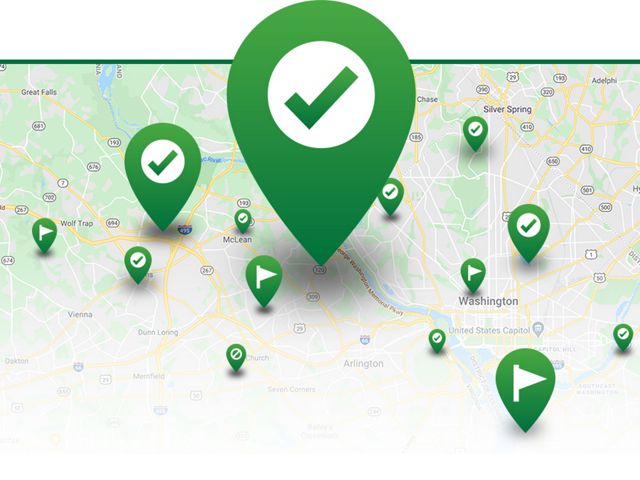Description
The Florence Shelly Preserve boasts fields, woodlands, streams and a glacial pond surrounded by a floating bog. An easy-access boardwalk begins near the parking lot on Little Ireland Road and meanders through the hemlock forest to a lookout over the marsh. Guide sheets for the trail are available at the trailhead just off Stack Road.
Walks organized and led by the preserve's stewardship committee are held May through October. Walks and other volunteer events are currently paused due to COVID-19.
VOLUNTEERS IN ACTION: STEWARDSHIP COMMITTEE
From the beginning, this unique area, with its variety of habitats and species, has been actively cared for by the Florence Shelly Wetlands Preserve Stewardship Committee. This informal group of volunteers meets regularly to share discoveries they’ve made at the preserve and works with TNC staff to complete maintenance and monitoring tasks and other activities. The committee organizes the preserve’s summer walk schedule and often works with local Eagle Scouts on projects at the preserve.
Contact Trebbe Johnson for more information about the stewardship committee.

